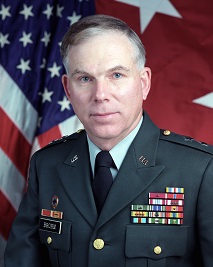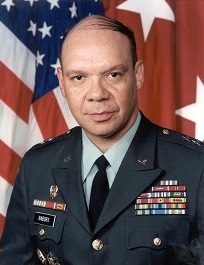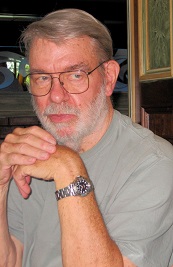Major General (Ret) Gerard P. Brohm

Major General (Ret) Gerard P. Brohm served as the Commanding General of the U.S. Army Communications-Electronics Command (CECOM) from January 1995 until September 1998, when he retired after 32 years of service.
Major General Brohm's vision and leadership with acquisition reform streamlined CECOM's procurement processes and improved the organization's relationships with industry. He directed initiatives to link CECOM more closely to industry by entering into partnering agreements with major suppliers.
The most notable of these approaches included the Wholesale Logistics Modernization Program, later renamed to simply Logistics Modernization Program (LMP). LMP sought to modernize the Army's logistics system and use the same computer-based tools as private industry in order to create a better supply system. LMP addressed requests in an almost real-time environment instead of running batches of requisitions, which dramatically improved CECOM's responsiveness to customer needs.
On June 5, 1996, just over a year into his command, Major General Brohm accepted, on behalf of the CECOM Logistics Readiness Center, the President's Quality Improvement Prototype award for demonstration of outstanding achievement in quality management.
Another of Major General Brohm's goals was greater cooperation and coordination with the academic community, setting the stage for the future CECOM workforce. Through the successful accomplishment of his goals, Major General Brohm defined the relationships, processes, and standards CECOM continues to utilize today. Without a doubt, Major General Brohm is the epitome of an innovative leader and community partner who significantly and positively helped to define CECOM.
Watch Interview Video


